in: Auto parts, Bicycle parts, Valves,
and 2 more
File:SchraderValve.jpgA Schrader valve (with cap) on a bicycle tire
File:Schrader valve tall.jpgUnusually tall Schrader valve
File:Schrader valve opening and closing on a tire.gifA simplified Schrader valve that opens and closes to let air out of a tire
The Schrader valve (also called American valve)[1] invented by August Schrader in 1891[2] consists of a valve stem into which a valve core is threaded, and is used on virtually all automobile tires and most wider rimmed bicycle tires. The valve core is a poppet valve assisted by a spring.
In addition to tube and tubeless tires, Schrader valves of varying diameters are used on many refrigeration and air conditioning systems to allow servicing, including recharging with refrigerant; by plumbers conducting leak-down pressure tests on pipe installations; on the fuel rail of some direct fuel injection engines; and on the buoyancy compensator hose of SCUBA regulator systems, allowing the user to remove and attach the hose while in use.
A Schrader valve consists of an externally threaded hollow cylindrical metal tube, typically of brass. In the center of the exterior end is a metal pin pointing along the axis of the tube; the pin's end is approximately flush with the end of the valve body.
Generally, all Schrader valves used on tires have threads and bodies of a single standard size at the exterior end, so caps and tools generally are universal for the valves on all common applications.
A new development is Schrader valve stems with integrated transmitters for tire pressure monitoring systems (TPMS).
A valve cap is important on a Schrader valve because if one is not fitted, dirt and water can enter the outside of the valve, potentially jamming it or contaminating the sealing surfaces and causing a leak. Rock salt and other chemical deicers used in the winter are especially damaging for the brass components in the Schrader valve.
Metal valve caps usually have, in addition to a handy deflating tool, a small rubber insert to permit a good seal against the valve body; a cap of this kind also helps to prevent air escaping from a slightly leaking valve.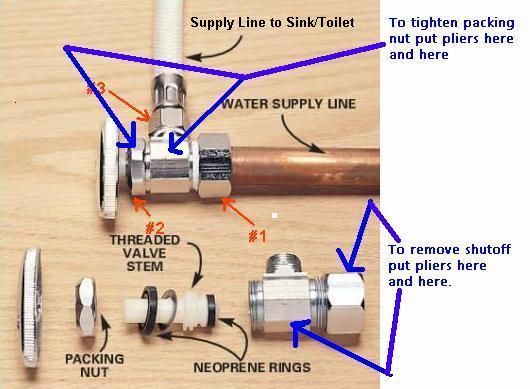 However, the vast majority of Schrader valves used for tires are fitted with plain black plastic caps which effectively serve only to keep contaminants out of the valve stem.
However, the vast majority of Schrader valves used for tires are fitted with plain black plastic caps which effectively serve only to keep contaminants out of the valve stem.
There are also special pressure monitoring valve caps available that use a spring loaded piston to raise a green flag when the pressure is at or above the correct setting. Upon losing pressure the green flag is retracted to reveal a red pin, hopefully catching the attention of the owner before fuel is wasted by running the tire under-inflated.
Recently, colored plastic valve stem caps have appeared. Certain automobile tire dealerships are promoting the use of dry nitrogen to inflate tires. Dealers claim that eliminating oxygen and water will prolong the life of both tires and wheels. These dealers install green caps to signify that the tires are filled with nearly pure (typically about 95%) nitrogen.
Other vendors are selling caps in a variety of other colors for purely decorative purposes.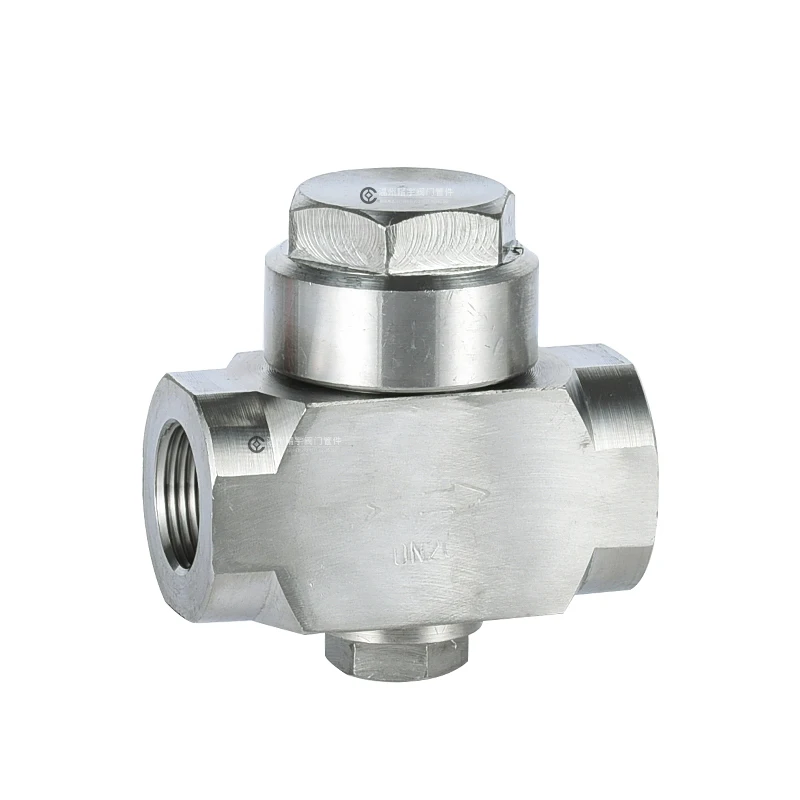 The decorative category even includes caps that light up when the wheels move.
The decorative category even includes caps that light up when the wheels move.
Presta and Schrader valves are both good at sealing high pressures. Their chief differences are that Schrader valves are larger and have springs that close the valve except when the pin is depressed. Schrader valves are used in a wide variety of compressed gas and compressed liquid applications. Presta valves are used only for bicycle tires.
Compared to Presta valves, Schrader valves used for bicycle tires have a greater diameter, requiring a larger diameter hole in a bicycle rim. While not a concern on wider bike rims, it will weaken a narrow wheel rim, precluding their use on racing bicycles. Another disadvantage of the Schrader is that the air chuck must depress the spring-loaded pin before air can flow during inflation, whereas the Presta valve relies solely on internal air pressure to keep it shut. This means that some air is lost while attaching and detaching pumps to Schrader valves.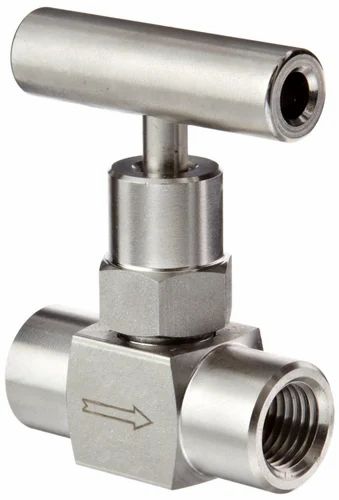
A rim drilled for Presta valves may be converted to accept Schraders by drilling with a 21/64" bit, but care must be taken to de-burr the resulting hole to prevent damage to the tire and innertube.
Screw-on adapters are available at bike shops to give a Presta valve the diameter required for using standard air fittings.
Schrader valves are classified by their material, diameter of intended rim hole, length, and shape.
The standard Schrader valve has the following threads:
External thread
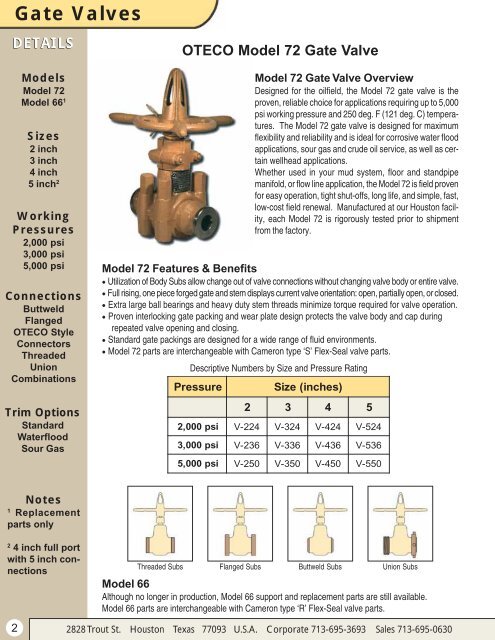 302 in x 32 tpi (threads per inch)
302 in x 32 tpi (threads per inch)Internal thread (to accept the threaded valve core)
For refrigeration, a 1/4" male flare fitting is used, with the same internal thread as above.
nl:Fietsventiel de:Schrader-Ventil pl:Zawór Schradera
Community content is available under CC-BY-SA unless otherwise noted.
Every once in a while, a piece of equipment comes along that just makes sense. It’s inexpensive, versatile, and small. And once you have...
Every once in a while, a piece of equipment comes along that just makes sense. It’s inexpensive, versatile, and small. And once you have one, you wonder how you got by without it. Such is the case with the 4-way valve tool.
It’s inexpensive, versatile, and small. And once you have one, you wonder how you got by without it. Such is the case with the 4-way valve tool.
Chances are you’ve seen one of these before. Might even have one lying around somewhere. Do you know what’s it’s used for?
Offered by several manufacturers, the 4-way valve tool can be had for around $2 or $3. (They run up to about $17, but you don’t need to spend that much.) Small and compact – it fits in the palm of your hand – the 4-way tool has all the features you need for issues related to tire valve stems. This humble device replaces at least four other tools. (Though the individual tools perform better in some instances.)
How is the 4-way valve tool used?
As the name suggests, the 4-way valve tool is four tools in one.
It aids in removing, cleaning and reinstalling a valve stem and Schrader valve. The tool is designed for most passenger and truck tires.
Narrow tube with slot: To tighten, remove or install a Schrader valve.
Wide tube: Thread chaser for threads that the valve cap screws into. Is also used to pull a valve stem through the hole in the rim. (Do not use pliers for this step. You’re likely to damage the threads and/or crunch the brass stem itself.) Screw this onto the cap threads, and give it a good pull.
Threaded stub: A thread chaser for the threads the Schrader valve screws into.
Tapered tool/end: Deburring tool. To remove dirt and dust from the inside of the valve stem.
Common tire valve issues solved with 4-way valve tool
If a tire is slowly losing air, the first thing to check is the Schrader valve. If loose, use the appropriate end to tighten the Schrader valve. Many times, that simple step stops the air leak.
At times you’ll need to replace the Schrader valve. Prior to installing the new Shrader valve, use the tapered deburring tool to remove any debris or dirt from inside the tire valve stem.
If the cap threads appear to be chewed up, use the appropriate cap tread chaser tool to restore the threads.
Finally, as mentioned, the large open-ended tool is used to grip and pull a new valve stem into position. This is handy, because you don’t need to fully remove a tire to replace a valve stem. Break the bead for several inches around the valve stem. That will provide enough room to get a hand in there.
Pack extra valve stems
This is a good time to discuss valve stems. I suggest having several on hand at all times. If you do any amount of work on your tires, you’re bound to snap one on occasion.
Buy a three-pack of the standard valve stems. Each valve stem includes a Schrader valve. You can replace an entire valve stem or just the Schrader valve. If you lose a Schrader valve, you can cannibalize from one of the complete valve stems.
Invariably, you will drop a valve stem into the tire before it gets pulled through. Leave it there and get another one.
Leave it there and get another one.
Safety Seal tire kit is a good addition to your toolbox
Of all the tire kits available, I’m really keen on those made by Safety Seal. Their tools are good, and their tire plugs are probably the best around. Unfortunately, the kits don’t always have all the tools I think they should.
Plus, most of the kits are made of hard plastic. That type of box takes up extra space in your tool box. Buy the soft-sided case instead, and supplement it with various tools for a complete tire repair kit. Tools to add include:
Rubber valve stems preferred over metal ones
Some guys like flashy parts, including steel or chromed valve stems. While those look nicer, rubber valve stems are more practical for four-wheeling.
Steel valve stems are prone to snapping off when hit. With all the brush, rocks and other debris found on the trails, a metal valve stem is bound to snap off sometime during the trip.
Valve stems with a chrome sleeve cause trouble airing up your tires. The air chuck can’t get past the chromed surface to get a good grip.
Bottom line: Buy rubber valve stems. They’re more practical and a lot cheaper.
In my opinion, the 4-way valve tool is a must-have piece of equipment. While there are better individual tools, you need a handful to perform the same tasks. And all those tools take up valuable space.
How often you use one depends on driving conditions. But the 4-way valve tool is so inexpensive, you can afford to store one in your toolbox. That modest purchase just might make a difference during a trip. Pick one up today.
####
| Attribute | Meaning |
|---|---|
| Housing material | Stainless steel 316 |
| Cleaning procedure | Standard Cleaning and Packaging Instruction (SC-10) |
| Connection size 1 | 1/4" |
| Connection type 1 | Out. thread NPT thread NPT |
| Maximum flow coefficient (Cv) | 0.3 - when connected to a normal or reverse flow body; 0.4 when connected to full bore body |
| ECLASS (4.1) | 37110302 |
| ECLASS (5.1.4) | 37110302 |
| ECLASS (6.0) | 37020500 |
| ECLASS (6.1) | 37020500 |
| Grease | No lubrication on any parts |
| O-ring material | Fluorocarbon FKM |
| Pressure ratings linked to max. temperature | 250 psi inch man. at 400°F / 17.2 bar at 204°C |
| Pressure ratings with reference to room temperature | 3000 psi inch man. at 70°F / 206 bar at 21°C |
| Series | QC4 |
| Special sleeve | Orange coding sleeve |
UNSPSC (10. 0) 0) | 27121701 |
| UNSPSC (11.0501) | 27121701 |
| UNSPSC (13.0601) | 27121701 |
| UNSPSC (15.1) | 27121701 |
| UNSPSC (4.03) | 31163101 |
Choose a new product with similar features
CAD Disclaimer: This template has been prepared for informational purposes. Template dimensions are for reference only and are subject to change. See Swagelok product catalogs for more information. The reader should consult a qualified engineer before using the pattern in whole or in part.
2D
2D models are available for this product. Download CAD file.
3D
There are 3D models for this product. Download CAD file.
Download CAD file.
Sales drawing
Sales drawings are available for this product. Download files.
| Product code | Housing material | Connection size 1 | Connection type 1 | Connection size 2 | Connection type 2 | |
|---|---|---|---|---|---|---|
| B-QC4-S-2PM | Brass | 1/8" | Out. thread NPT | - | - | Product View |
| B-QC4-S-400 | Brass | 1/4" | Swagelok® tube fitting | - | - | Product View |
| B-QC4-S-400K1 | Brass | 1/4" | Swagelok® tube fitting | - | - | Product View |
| B-QC4-S-400K3 | Brass | 1/4" | Swagelok® tube fitting | - | - | Product View |
| B-QC4-S-4PF | Brass | 1/4" | Int.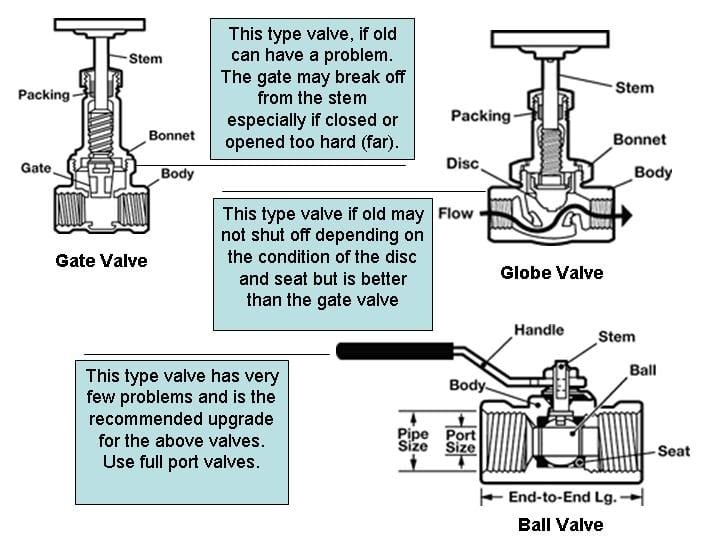 thread NPT thread NPT | - | - | Product View |
| B-QC4-S-4PM | Brass | 1/4" | Out. thread NPT | - | - | Product View |
| B-QC4-S-6M0 | Brass | 6 mm | Swagelok® tube fitting | - | - | Product View |
| B-QC6-S-4PF | Brass | 1/4" | Int.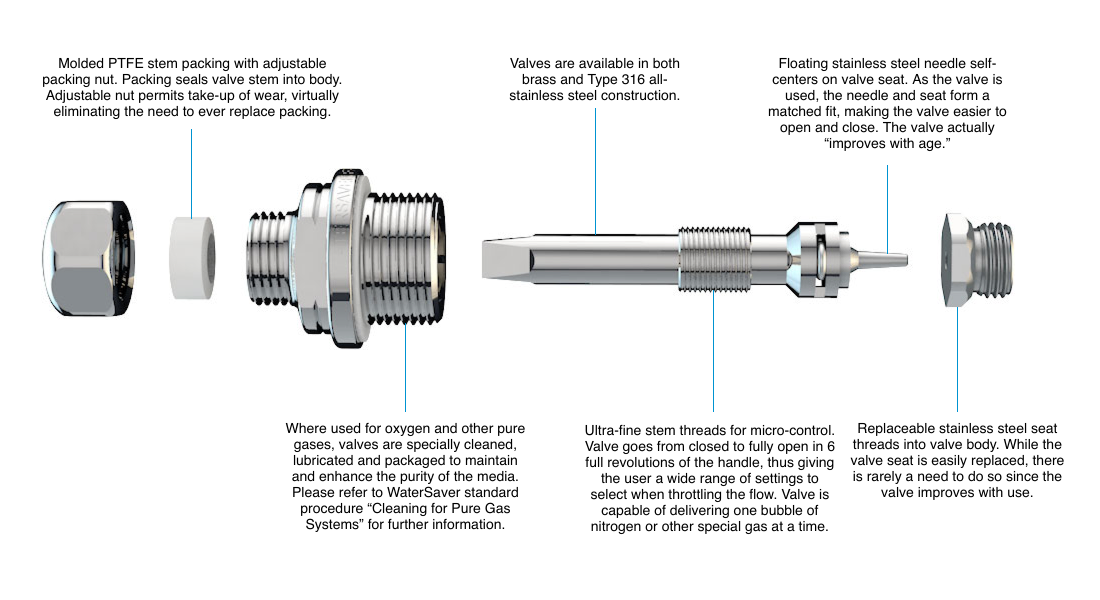 thread NPT thread NPT | - | - | Product View |
| B-QC6-S-4PM | Brass | 1/4" | Out. thread NPT | - | - | Product View |
| B-QC6-S-600 | Brass | 3/8" | Swagelok® tube fitting | - | - | Product View |
| SS-QC4-S-200 | Stainless steel 316 | 1/8" | Swagelok® 9 tube fitting0017 | - | - | Product View |
| SS-QC4-S-2PF | Stainless steel 316 | 1/8" | Int.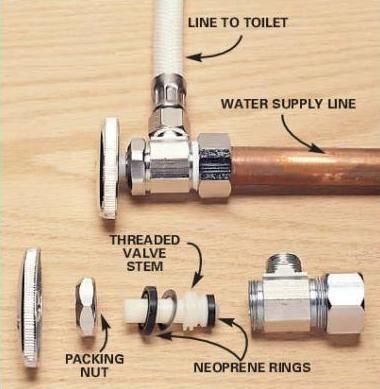 thread NPT thread NPT | - | - | Product View |
| SS-QC4-S-2PM | Stainless steel 316 | 1/8" | Out. thread NPT | - | - | Product View |
| SS-QC4-S-400 | Stainless steel 316 | 1/4" | Swagelok® tube fitting | - | - | Product View |
| SS-QC4-S-400K1 | Stainless steel 316 | 1/4" | Swagelok® 9 tube fitting0017 | - | - | Product View |
| SS-QC4-S-400K2 | Stainless steel 316 | 1/4" | Swagelok® tube fitting | - | - | Product View |
| SS-QC4-S-400K3 | Stainless steel 316 | 1/4" | Swagelok® tube fitting | - | - | Product View |
| SS-QC4-S-400K4 | Stainless steel 316 | 1/4" | Swagelok® tube fitting | - | - | Product View |
| SS-QC4-S-400K5 | Stainless steel 316 | 1/4" | Swagelok® 9 tube fitting0017 | - | - | Product View |
| SS-QC4-S-4FT | Stainless steel 316 | 1/4" | Int.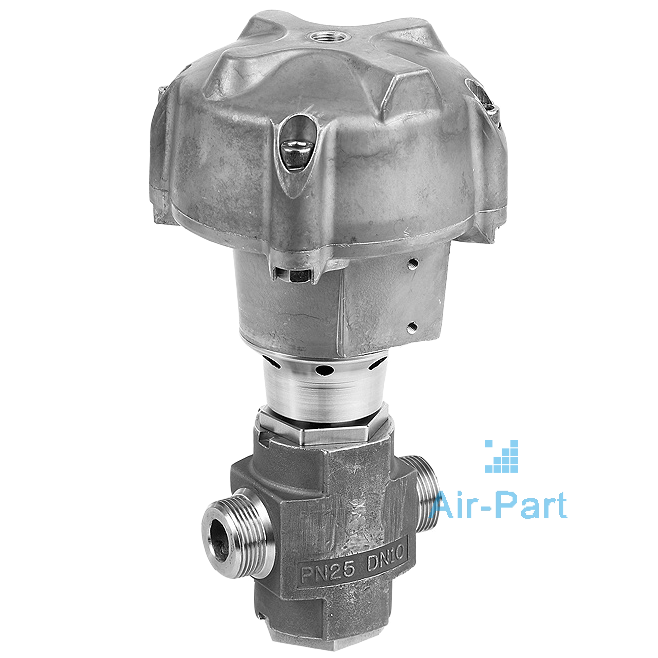 conical thread ISO conical thread ISO | - | - | Product View |
| SS-QC4-S-4MT | Stainless steel 316 | 1/4" | Out. conical thread ISO | - | - | Product View |
| SS-QC4-S-4PF | Stainless steel 316 | 1/4" | Int. thread NPT | - | - | Product View |
| SS-QC4-S-4PM | Stainless steel 316 | 1/4" | Out.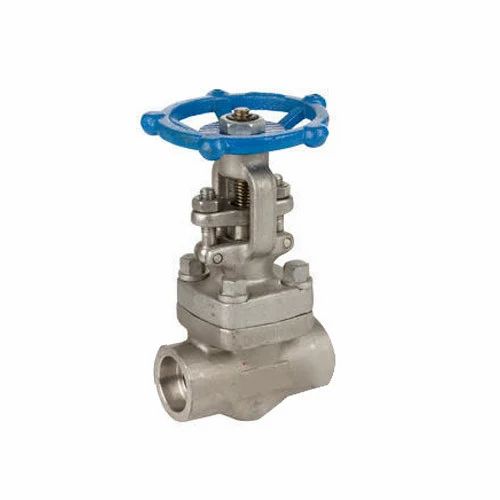 thread NPT thread NPT | - | - | Product View |
| SS-QC4-S-4PMK2 | Stainless steel 316 | 1/4" | Out. thread NPT | - | - | Product View |
| SS-QC4-S-6M0 | Stainless steel 316 | 6 mm | Swagelok® tube fitting | - | - | Product View |
| SS-QC6-S-10M0 | Stainless steel 316 | 10 mm | Swagelok® tube fitting | - | - | Product View |
| SS-QC6-S-4PF | Stainless steel 316 | 1/4" | Int. thread NPT thread NPT | - | - | Product View |
| SS-QC6-S-4PM | Stainless steel 316 | 1/4" | Out. thread NPT | - | - | Product View |
| SS-QC6-S-600 | Stainless steel 316 | 3/8" | Swagelok® tube fitting | - | - | Product View |
| SS-QC6-S-6PF | Stainless steel 316 | 3/8" | Int.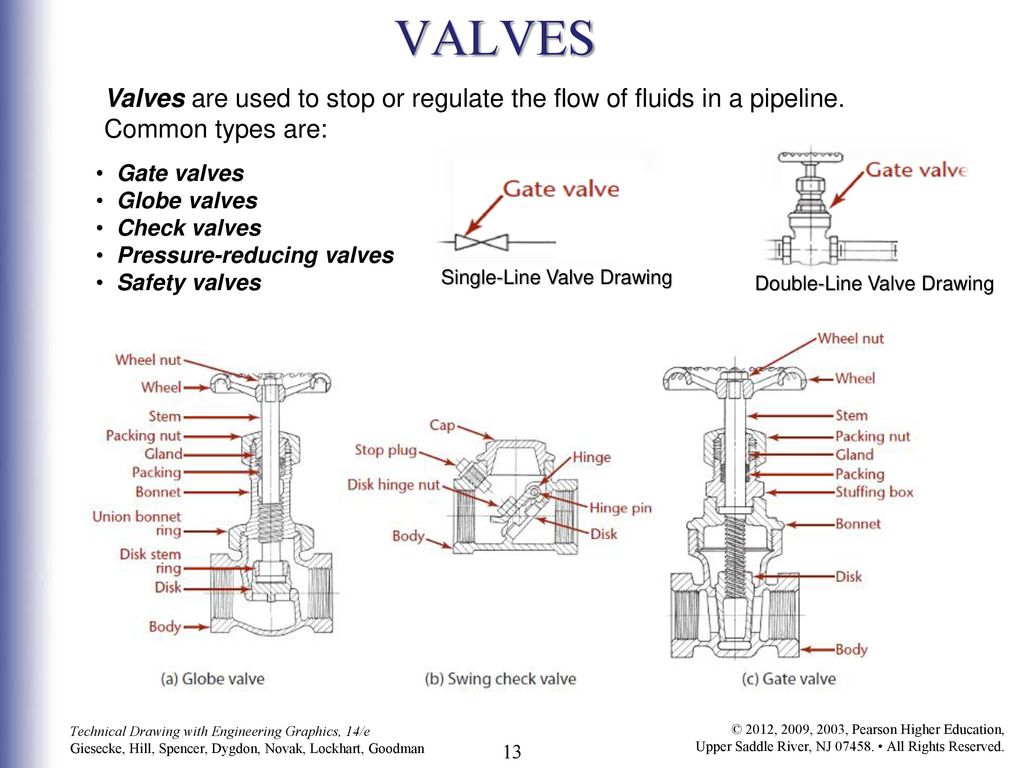 thread NPT thread NPT | - | - | Product View |
| SS-QC6-S-6PM | Stainless steel 316 | 3/8" | Out. thread NPT | - | - | Product View |
| SS-QC8-S-12M0 | Stainless steel 316 | 12 mm | Swagelok® tube fitting | - | - | Product View |
| SS-QC8-S-810 | Stainless steel 316 | 1/2" | Swagelok® tube fitting | - | - | Product View |
| SS-QC8-S-8PF | Stainless steel 316 | 1/2" | Int. thread NPT thread NPT | - | - | Product View |
| SS-QC8-S-8PM | Stainless steel 316 | 1/2" | Out. thread NPT | - | - | Product View |
Page 3
Then you need to raise or lower the cap / by turning it on the stem thread . [31]
Rising stem valves are not recommended for use in wells to prevent water from entering the stem thread . The location of the manhole above the valve is not allowed. The cover of the well is square removable with a hatch. [32]
Corrosion build-up, failure of the stem threads and other parts of the shut-off valve cause the stem threads to seize , making it difficult to open and close the valve.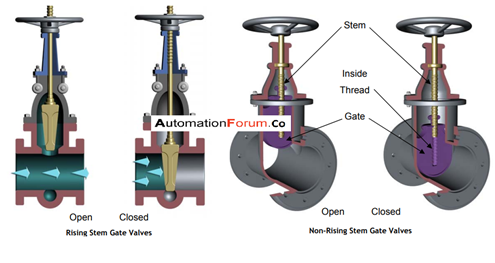 Increasing efforts when trying to open or close the valve often leads to twisting (breaking) of the stem and the impossibility of emptying or filling the container. [33]
Increasing efforts when trying to open or close the valve often leads to twisting (breaking) of the stem and the impossibility of emptying or filling the container. [33]
The piston is sealed in the body with cuffs 8 and rubber rings, which are clamped with a nut screwed onto the rod thread . [34]
It is not uncommon for Ludlo valve jaws to fall off the stem, and the clink valve to get stuck in the guides and break off the stem threads . [35]
To increase the service life of large reciprocating compressor rods, it is recommended to improve the design of the rod-to-crosshead connection, hardening rod threads by methods of surface plastic deformation and control over the pre-tightening force of the rod-crosshead connection. [36]
In order to re-open the valve, the handwheel 8 must be rotated, which will cause the bushing 7 to rise along the thread of the valve stem. When the sleeve is in its working position, the key 6 and the tooth 3 will engage, and by turning the handwheel 8 in the opposite direction, the valve 10 can be lifted, after which the protective device will again be in a state of readiness for action.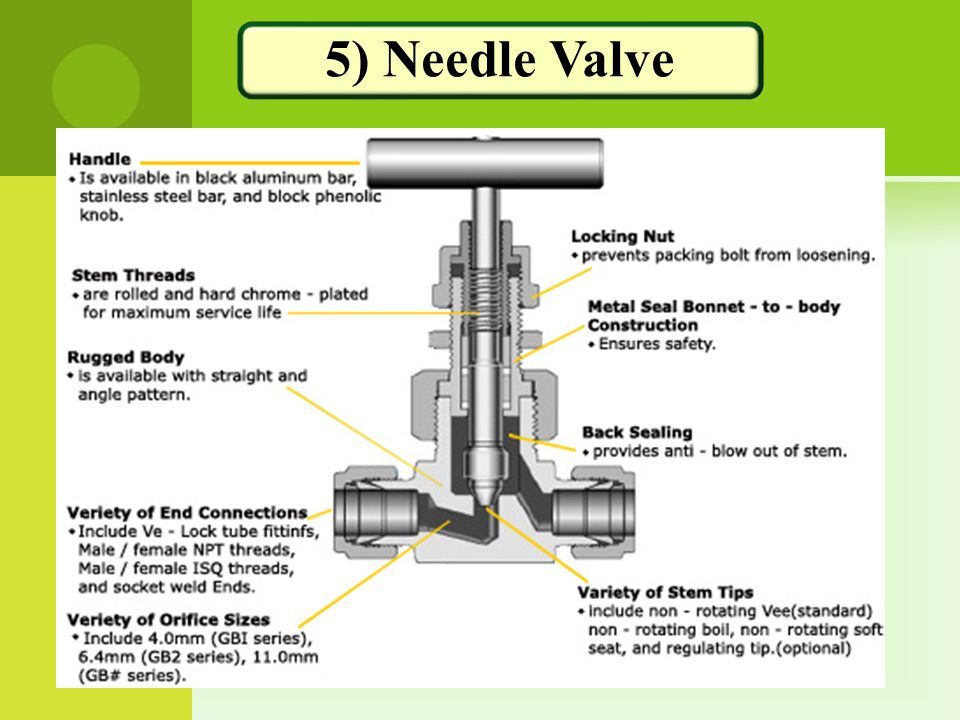 [37]
[37]
When inspecting fittings, special attention should be paid to the condition of the body walls, which are subject to corrosion and erosion, the condition of the stem threads and the sealing surfaces of the valve and seat. [38]
Gas valves with a diameter of I Yu and mm delivery fllif prone to Y, jamming in the lower position; when lifting, the cheeks break; ride up rod thread ; oversized gate valves hinder the movement of the crane. [39]
In the shank of the crosshead housing there is a socket for attaching the end of the rod, which is attached to the crosshead by surprise using a nut screwed on stem end thread . At the same time, it is possible to regulate the size of the gap between the piston and the cylinder covers ПЦК - The gap must be at least 2 5 - 3 mm in the dead position; for this, a thrust washer of the required thickness is placed under the end of the rod. [40]
To increase the service life of the rods of large reciprocating compressors, it is recommended, firstly, to improve the design of the rod-to-crosshead connection, and secondly, to strengthen them rod threads by surface plastic deformation methods and, thirdly, control of the preload force of the rod-crosshead connection. [41]
[41]
It has been proven that the main reserve for increasing the strength of the stems is the maximum possible thinning of the nut, which provides a more uniform distribution of stresses on the threads of the threads of the stem and thereby reduces the maximum stresses. The dimensions of the coupling sleeve have also been reduced. [42]
Signs indicating that the misalignment is due to the presence of burrs on the locknut, improper processing of the face of the locknut, or the presence of irregularities in the stem thread , is that when the stem is rotated through a certain angle, measured according to the scheme in Fig. [43]
It has been proven that the main reserve for increasing the strength of the rods lies in the maximum possible thinning of the nut, leading to a more uniform distribution of stresses over the turns stem thread and thereby reduce the maximum stresses. The dimensions of the coupling sleeve have also been reduced.